Significant changes have been deeply rooted in the diamond industry over the past ten years. The industry that we see now, in early 2020, is in step with a calmer future, which is progressively and more precisely taking shape.
Less atypically, the diamond market now answers to the economic rules that govern many sectors, even if the relationship between supply and demand is not yet completely balanced. Certainly, the gem producers are keeping their strategic place and their leader positions. Yet they have had to learn to increasingly adjust their offering to respond to the requirements of the market, and this is a revolution in itself! Demand is, therefore, now helping to determine supply…
A sluggish year with rough prices remaining high
However, 2019 was a “sluggish” and uncertain year, set against a backdrop of general economic instability. Yet, in this difficult context, the diamond industry slowly laid solid foundations for a more radiant and balanced future.
Significant rough diamond stocks, upstream of the market (2017 was a record mining year, which had serious consequences on the market and on stocks in 2018), and reduced requirements for both rough and polished diamonds, were among the decisive trends in 2019. Sales of rough diamonds at De Beers were at their lowest in the last quarter of 2019 (a 25% decrease in the gem producer’s sales over a year), despite a certain recovery in the 9th cycle (US$390 million) and 10th cycle (US$425 million, the highest figure since April) of the year, against a backdrop of improvement and the recovered stability for polished diamond prices. Moreover, the gem producer has announced that it will decrease its production by 1 million carats in 2020.
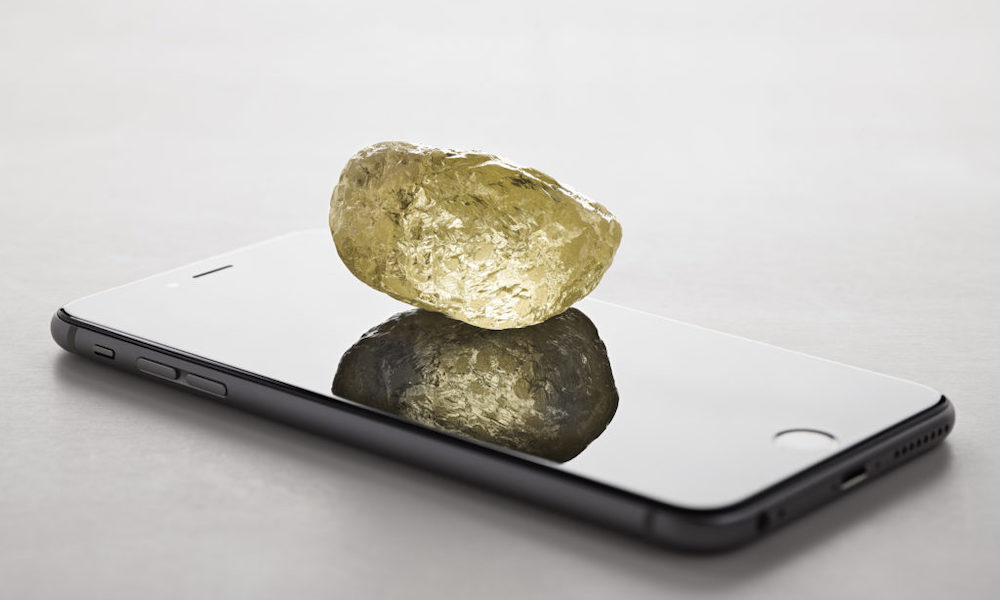
According to the latest figures published by Rapaport, after a holiday season and month of December that were better for the market as a whole, polished prices are—at last!—more stable. The oversupply of rough diamonds that was destabilizing the market thus somewhat regulated itself in the last quarter. However, 2020 will have to find a way of regulating still significant stocks so that an intermediary sector that is trimmed down, but still under pressure, can come out on top…
Indeed, the intermediary market was not able to rest on significant profits, with these remaining low. Its players therefore limited their buying of rough, thus obliging the gem producers to adapt to their needs. A beneficial approach. Nevertheless, bank credit tightened again in 2019, and the trade war between China and the United States, as well as the demonstrations in Hong-Kong, dampened the tranquility of our industry and the confidence of consumers and the market.
If we add to this that global sales in diamond jewelry decreased by 3% in US$, according to the report published in December by Bain & Co, then we have a mixed picture of 2019. A blessing in disguise, in a context of the general stabilization of the diamond industry which is showing encouraging long-term prospects.
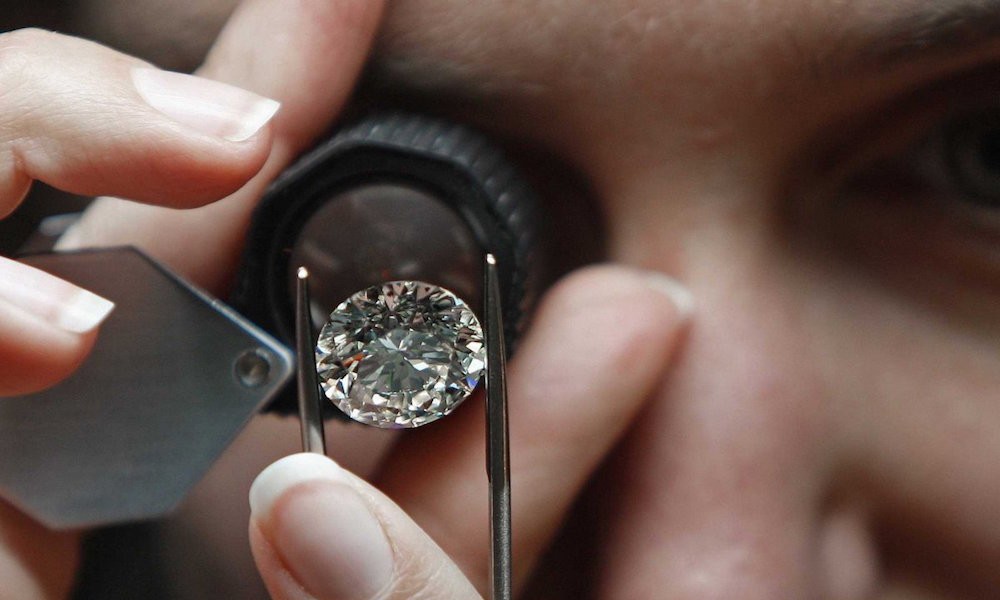
An industry with an increasing focus on the requirements of the consumer
What other news? Jean-Marc Lieberherr stepped down as head of the DPA and passing his seat to David Kellie, formerly with Ralph Lauren, who has been tasked with strengthening dialogue with consumers. This change confirms the impact of the coming dialogue with consumers. For the moment, marketing in the diamond industry, and memorable jewelry adverts, have not been enough to gain market share over other luxury products in spite of worthy initiatives in 2019, new campaigns and new products (at Tiffany, the DPA, etc.). It goes without saying that the large gem producers are well aware of this and intend to take charge of the situation!
No one can mention 2019 without addressing Tiffany’s acquisition by the French group LVMH for US$16.2 billion, on November 25, after some months of negotiations. Tiffany is considered as a strong and emblematic brand, with excellent vertical integration, but one that is in need of revitalization. Tiffany, whose revenues and sales experienced a nice rebound,particularly in the USA and China, in November and December 2019—a good omen for LVMH?—is expecting double-digit growth in China next year and will focus on customer experience in its stores (rather than on opening new flagships), according to its CEO Alessandro Bogliolo interviewed by Bloomberg. Moreover, the revenues and results of its new products and collections launched in September and October are encouraging for the future. Developments at Tiffany should be followed, since this acquisition gives the brand the means to realize itsambitions as well as indicating the major trends in the luxury market. LVMH (owner of Chaumet and Bvlgari) is a cutting-edge group that thus intends to position itself strongly in the diamond jewelry market.
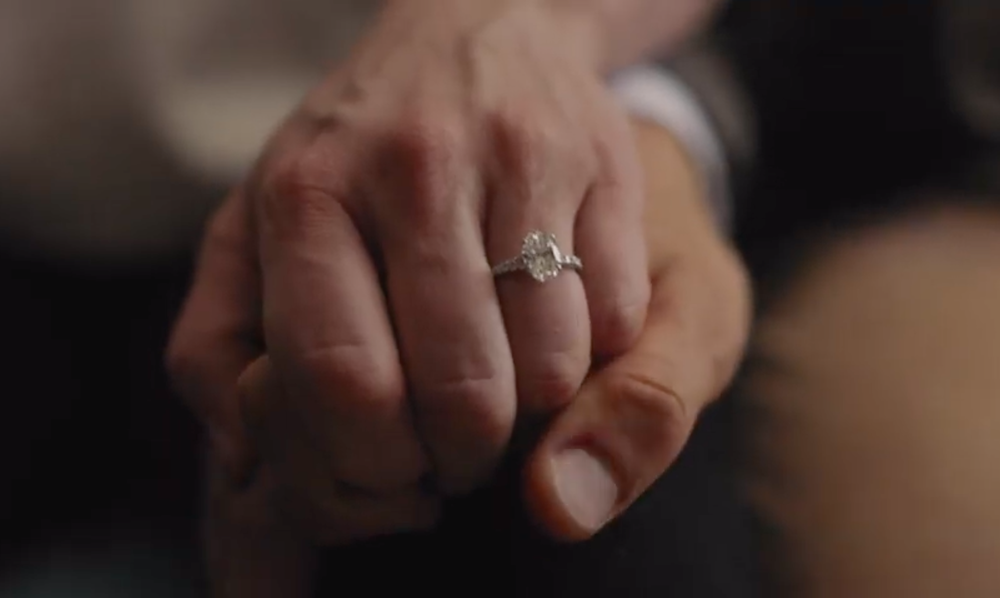
The behavior of consumers continued to evolve in 2019
. Their requests are more specific and they are better informed. And, at a time when Generations Y, Z and even X are those whose purchasing power is either the greatest or the most promising, their expectations as consumers are becoming more precise. Socially and environmentally responsible companies are gaining more and more ground as well as winning over consumers. These ARE the companies of the future. It is no longer a question of pretending or of being half committed, companies need to be able to justify their engagement, their concern for the environment, and that they share and care.
But consumers also expect a history and a link to be forged. This is what explains the growth of branded products (according to the latest Diamond Insight report by De Beers, branded jewelry represent two-fifths of engagement jewelry in the United States) and of those with a strong identity. Truth and authenticity are one of the keys to the marketing strategy of the future.
Ethical diamonds, which stem from the above, are also one of the keys to the future. How do we define an ethical diamond? It is that which ticks the most boxes corresponding to KP, RJC, De Beers’ Best Practice Principles (BPP), internal auditing on sourcing, certification, Diamond Source Initiative (for Tiffany), ethical gold, etc.
In the latest example, LVMH highlighted the importance of the quality of Tiffany’s sourcing as one of its buying criteria…
Consumers also care about making “the right” purchase. They compare, adjust, and buy a lot online… Nonetheless, it’s the quality experiences in shops and pop-up stores (long live workshops, encounters, personalization, quality information, performances, etc.) that are and will remain decisive.
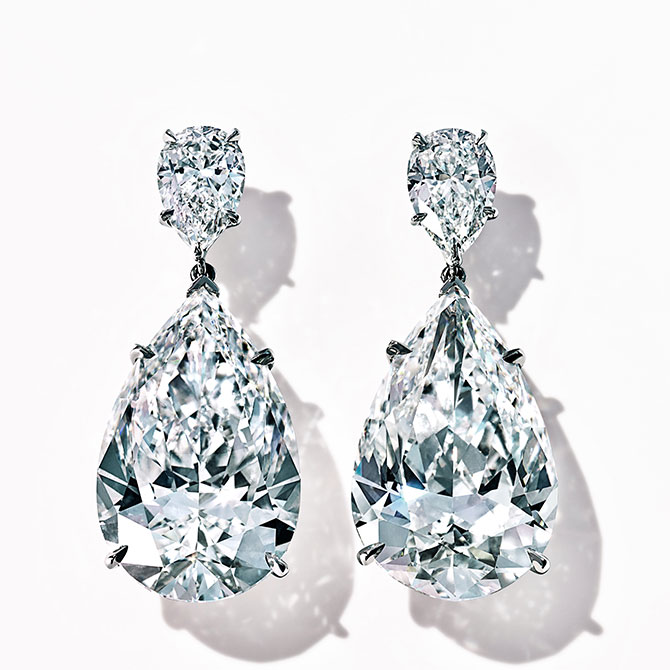
What about lab-grown diamonds in all this? Supply considerably increased in 2019, but the noose around prices tightened as a consequence. Make no mistake about it, lab-grown diamonds are in the process of winning their audience and their market share. They exist and will continue to do so. But they are still more positioned in the entry-level market rather than the luxury market and, in that respect, can coexist in harmony (a necessity that was asserted in 2019) with natural diamonds, which are still defending their rarity.
In 2019, the World Jewellery Confederation (CIBJO) also voted for the creation of a lab-grown diamond committee, which will determine the rules for this sector.
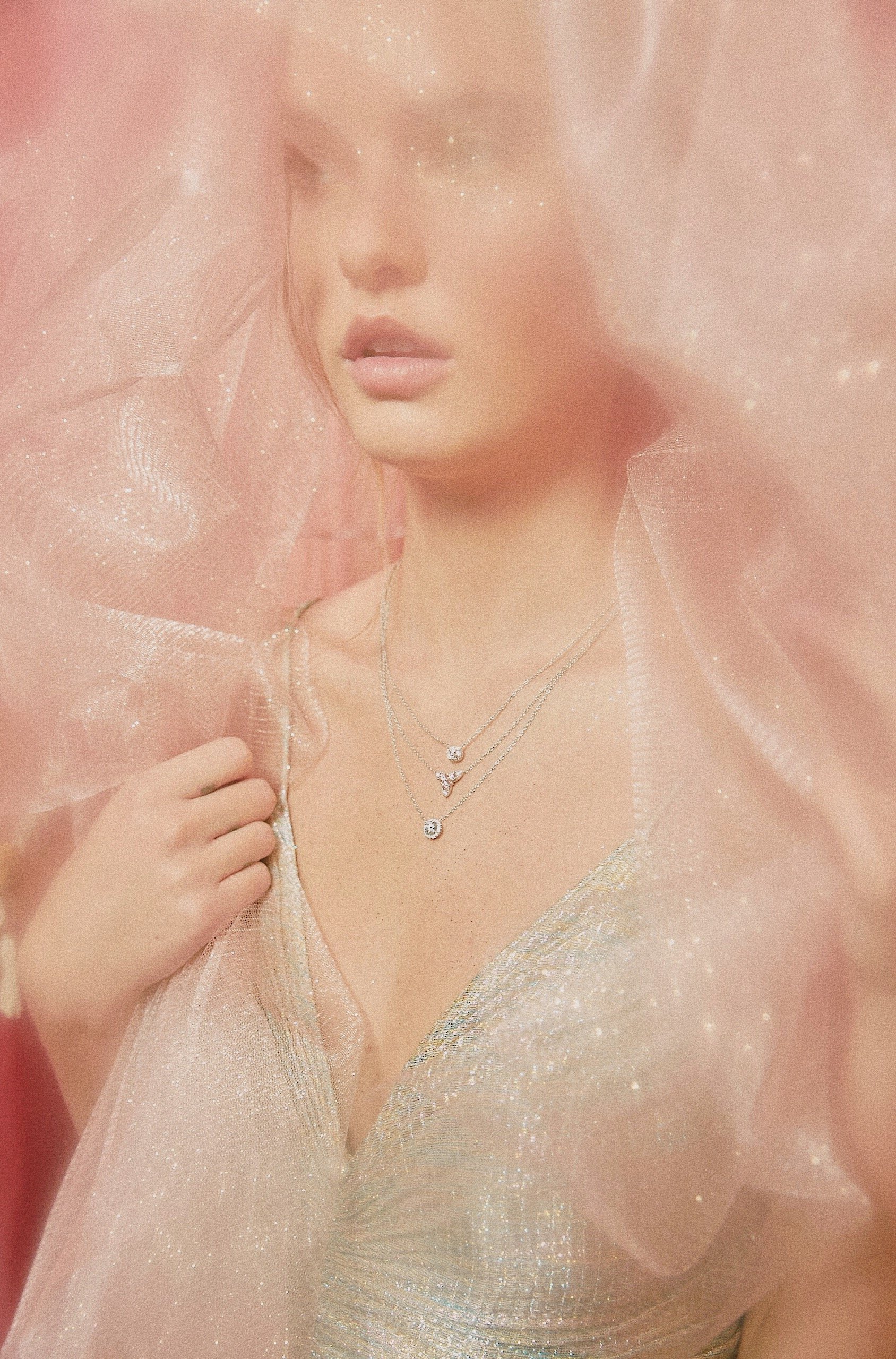
The case for fluorescence has also come a long way. This category may ordinarily be ignored by the market but this is not the case with the consumer! It won’t take long for the industry to review its opinion.
Technological advances and sourcing have maintained momentum… One cannot function without the other or, rather, they “serve” each other. Such as Blockchain obviously, which intends to guarantee the traceability of gems and actions through the entire value chain.
In 2019, the debate extended to the place of artificial intelligence (AI) in diamond cutting and grading and even sourcing (thanks to automation).
Finally, the latest Bain & Co Luxury Study underlined the growing importance of the luxury secondhand market. This is an idea and trend in the spirit of the times in the personal goods sector in general, buoyed by both financial and ethical considerations. But, above all, it’s a trend to observe and to follow in the future…
Assessing a decade and focusing on the next one
Articles on the past decade and on that to come have injected a note of positivity. Now out of the woods, will the industry enter an era of renewal? Or will it have to grit its teeth a little while longer? In recent years, the diamond industry has settled down but has also consolidated. All eyes are on the sales of diamond jewelry in the key American, Chinese and Indian markets. For us, China and India are now the markets of the future.
It will come as a surprise to no one that the supply of rough diamonds is going to dwindle in the coming years. Argyle, the iconic mine that supplies exceptional pink and red gems, will close in 2021. Diavik and Ekati, significant mines, will also close over the next few years. In the meantime, prospection continues in Canada, Russia and Africa. But this restricting supply, combined with the growing markets of India and China, should have a positive influence on polished prices in the long term. A much- awaited upturn!
In conclusion, the importance of convincing the consumer must today appear obvious. By proposing new and attractive, customizable collections, for each public segment, as much at the entry level (that they could buy for themselves without any other motivation than indulgence) as in the luxury sectors, and that of engagement rings. But also by understanding their desires for social and ecological commitment. The act of consumption now takes into account the prospect of a better world and the impact that we all have. The diamond industry must address its own future with full knowledge of the facts…
Further reading:
10-Year Rewind: The Biggest Developments of the Decade
This is How a Confusing Diamond Decade Played Out
De Beers outlines its vision for a new diamond market
Source Rubel & Ménasché
Photos © Rubel & Ménasché, Forevermark, Tiffany, Lightbox, Rio Tinto, DR.

